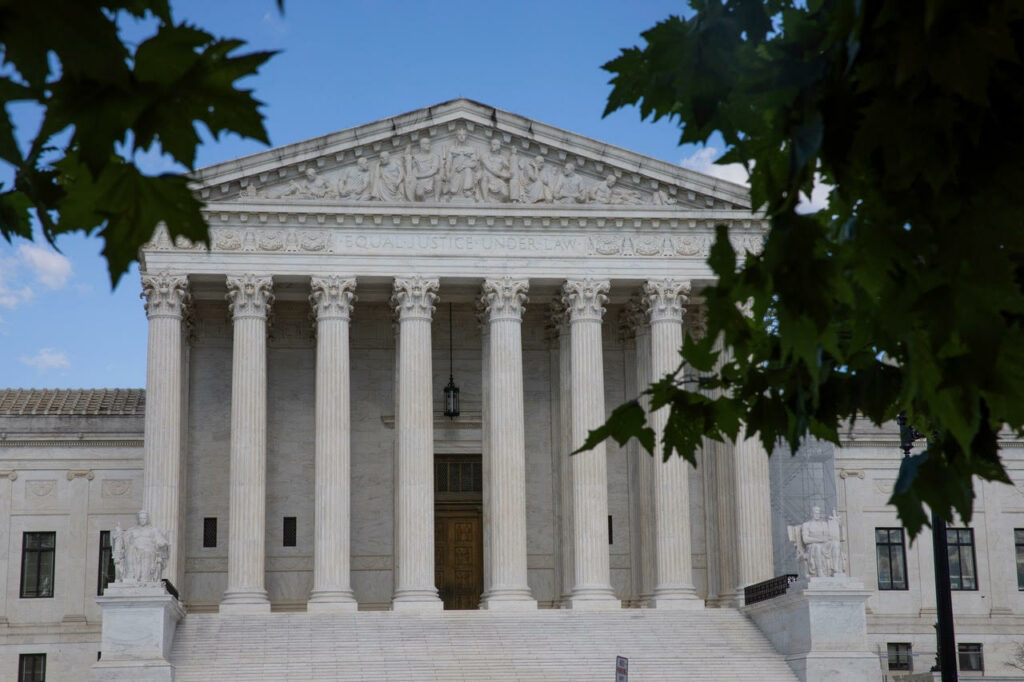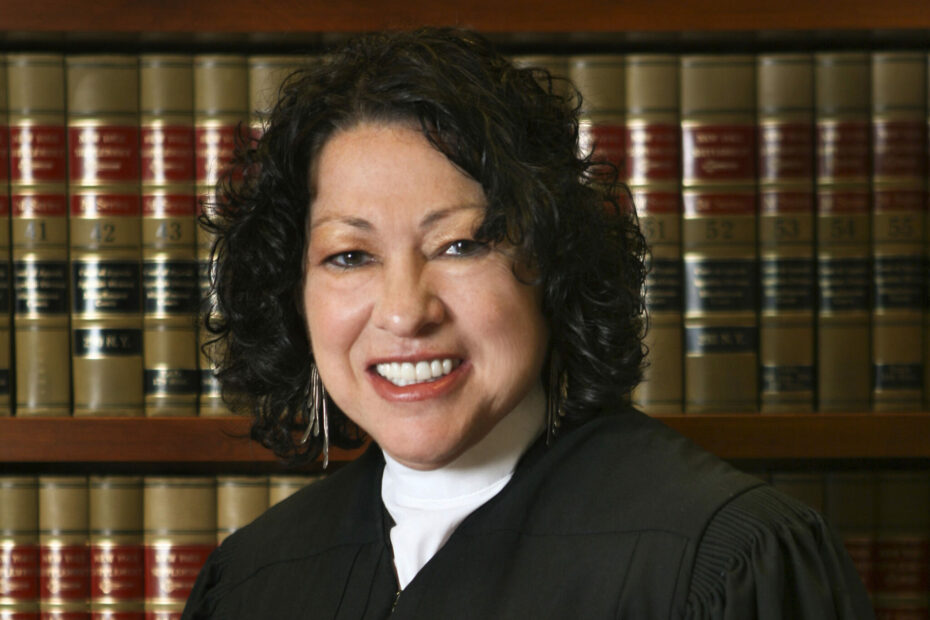As the first Latina Supreme Court Justice, Sonia Sotomayor has been called the “anchor liberal in the judicial system” and “the minority leader of the judicial branch of government.” Although lately known for writing tough dissents on SCOTUS decisions, as a judge in the US District Court and US Court of Appeals, Sotomayer has left her imprint on significant cases affecting social issues. A February article in the Baltimore Examiner discussed her legacy beyond the Supreme Court:
. . . Sotomayor’s readiness to confront the status quo reveals her deep concern for the marginalized. She represents a voice that advocates for justice, equality, and inclusion.
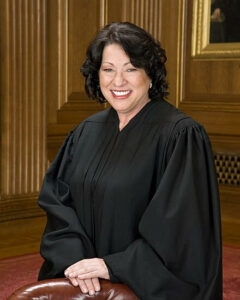 Sotomayor was born in the Bronx to Puerto Rican parents. She graduated as valedictorian of Cardinal Spellman High School in 1972, with the goal of becoming a lawyer. Her childhood was difficult. Her alcoholic father died when she was nine. Her mother was often away from home, so Sotomayor learned to rely on herself. After being diagnosed with Type 1 diabetes, she began giving herself needed insulin shots at the age of 7. In her best-selling autobiography, “My Beloved World,” she wrote:
Sotomayor was born in the Bronx to Puerto Rican parents. She graduated as valedictorian of Cardinal Spellman High School in 1972, with the goal of becoming a lawyer. Her childhood was difficult. Her alcoholic father died when she was nine. Her mother was often away from home, so Sotomayor learned to rely on herself. After being diagnosed with Type 1 diabetes, she began giving herself needed insulin shots at the age of 7. In her best-selling autobiography, “My Beloved World,” she wrote:
The truth is that since childhood I had cultivated an existential independence. It came from perceiving the adults around me as unreliable, and without it I felt I wouldn’t have survived. I cared deeply for everyone in my family, but in the end, I depended on myself.
On a full scholarship to Princeton, Sotomayor graduated summa cum laude with a degree in history in 1976. She married her high school sweetheart Kevin Noonan and went on to attend Yale School. She and Noonan divorced in 1983.
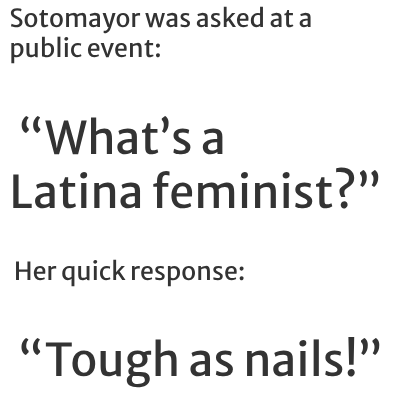 New York District Attorney Robert Morgenthau hired Sotomayor as soon as she graduated from law school. She spent five years as assistant district attorney, then was nominated by the George H. W. Bush Administration to the US District Court for the Southern District of New York in 1992. She became the youngest member of the court.
New York District Attorney Robert Morgenthau hired Sotomayor as soon as she graduated from law school. She spent five years as assistant district attorney, then was nominated by the George H. W. Bush Administration to the US District Court for the Southern District of New York in 1992. She became the youngest member of the court.
In 1997 Sotomayor was nominated to US Court of Appeals, Second Circuit. She was confirmed more than a year later in October 1998. As judge, she heard more than 3,000 cases and wrote 380 majority opinions before being nominated to the Supreme Court by President Obama in 2009. She was confirmed by the Senate in a 68-31 vote.
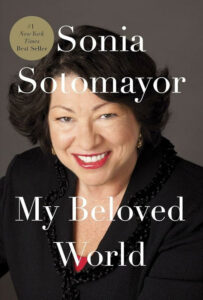 Sotomayor has been recognized for her concerns around the rights of defendants. She and her law clerks spend long hours working on dissenting opinions—even dissents for cases that were turned down for consideration to be heard by SCOTUS.
Sotomayor has been recognized for her concerns around the rights of defendants. She and her law clerks spend long hours working on dissenting opinions—even dissents for cases that were turned down for consideration to be heard by SCOTUS.
The many dissents Sotomayor has written are to stand as a record of history—to provide a rich context for the decisions made by the Roberts Court. During a speech at Harvard last spring, Sotomayor said, “The public is my primary audience, insofar as I try to write opinions that someone uneducated in law could read and understand.”
Some of her most notable dissents include the decisions in Shelby County v. Holder which struck down portions of the Voting Rights Act and Students for Fair Admission v. Harvard which ended race-conscious admissions in higher education.
Sotomayor has given no indications of wanting to step down from the Court. She has talked publicly about some of the disheartening decisions but says she must continue to fight. In one 2022 event she said, “I truly believe in a magical world. The arc of the universe bends toward justice. And I can’t keep going unless I believe that, and I have to inspire all of you to continue believing it.”
